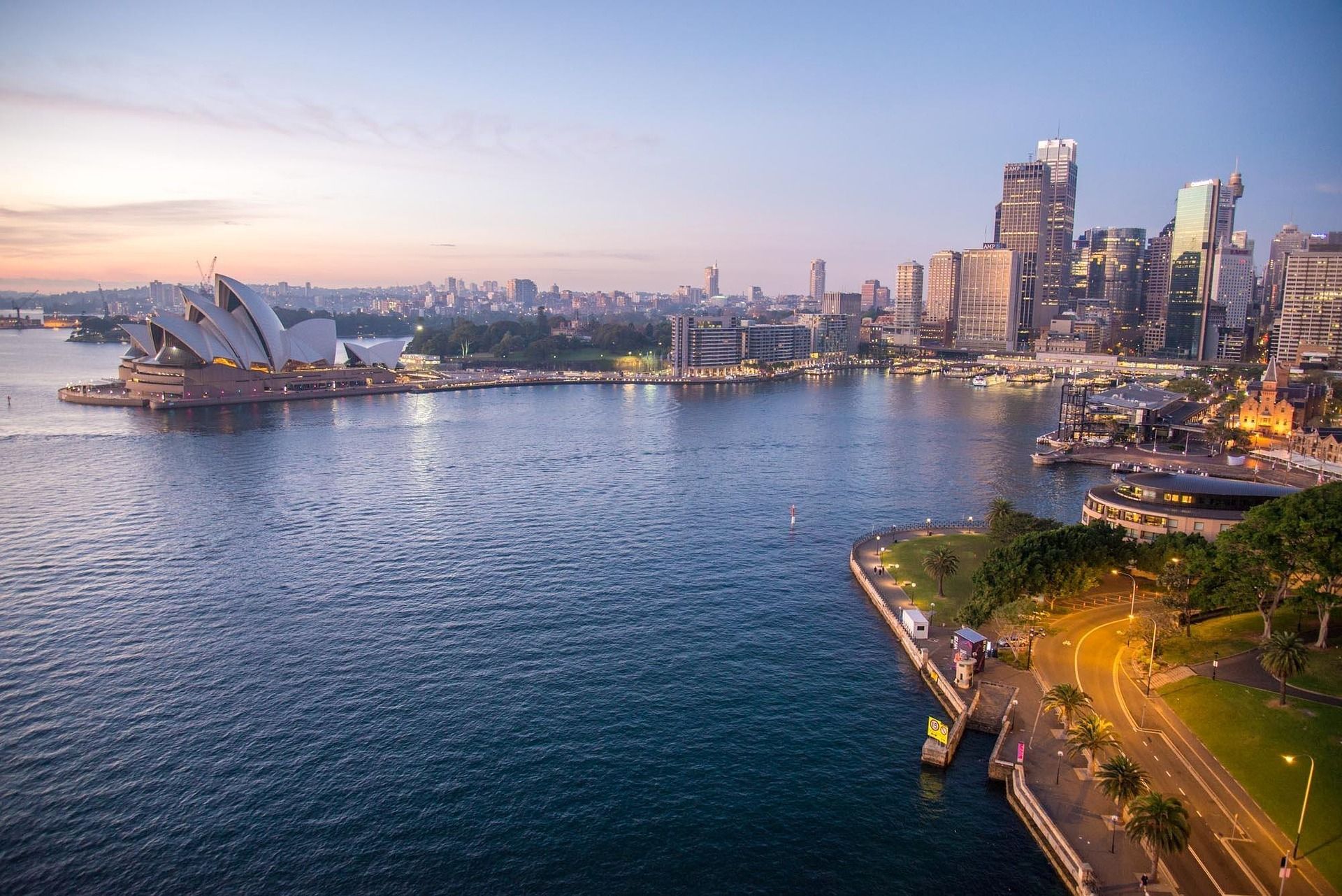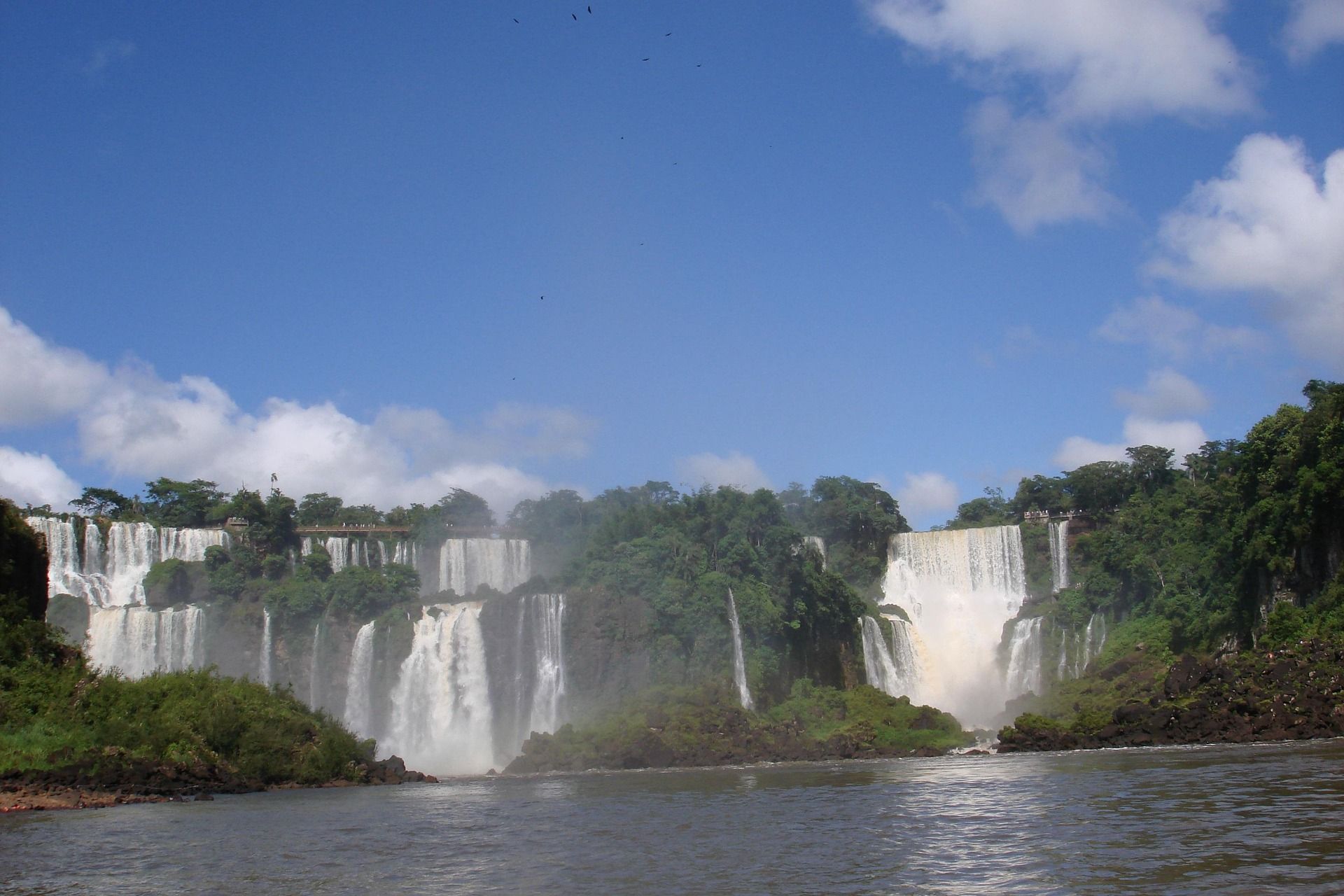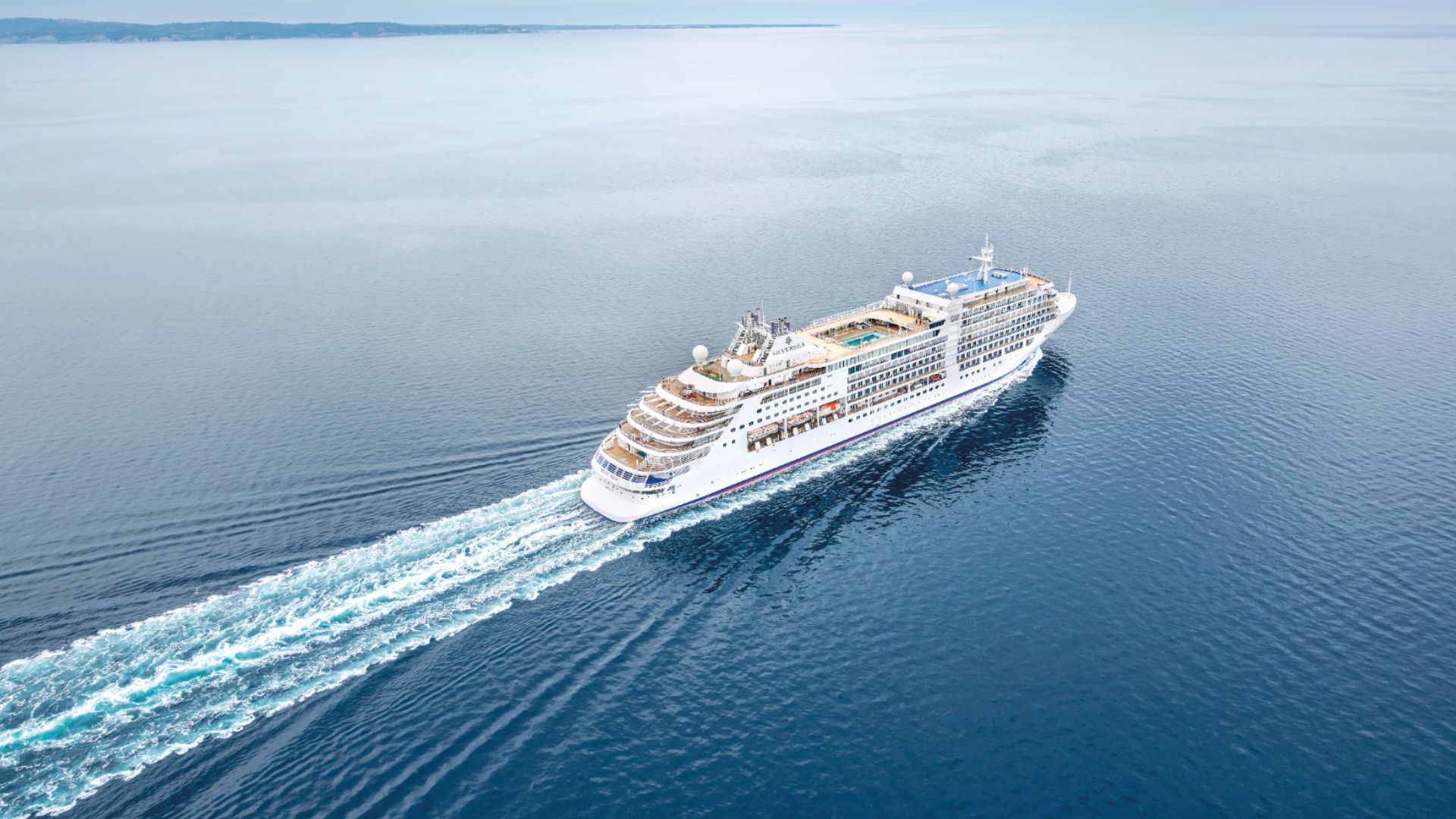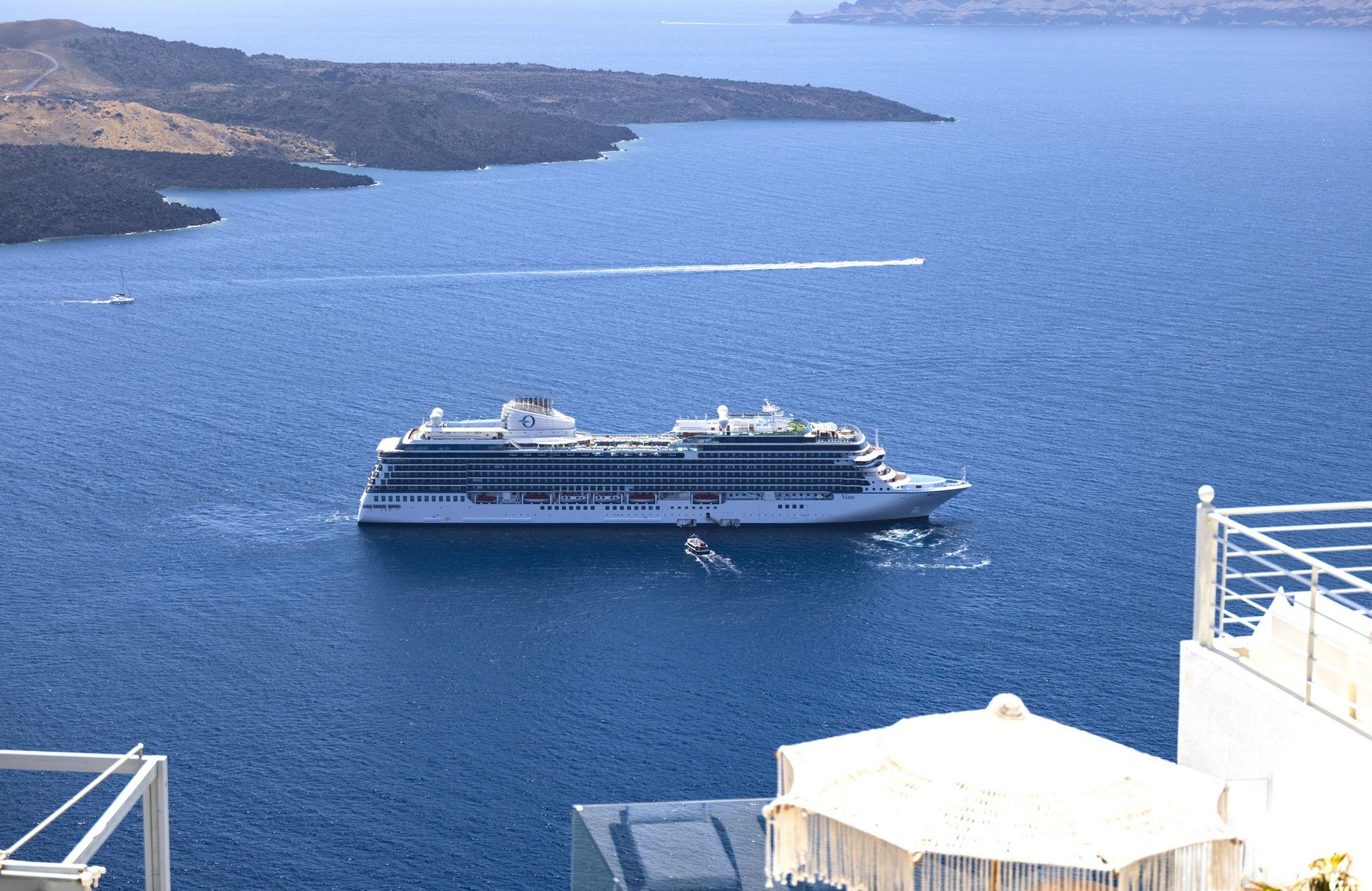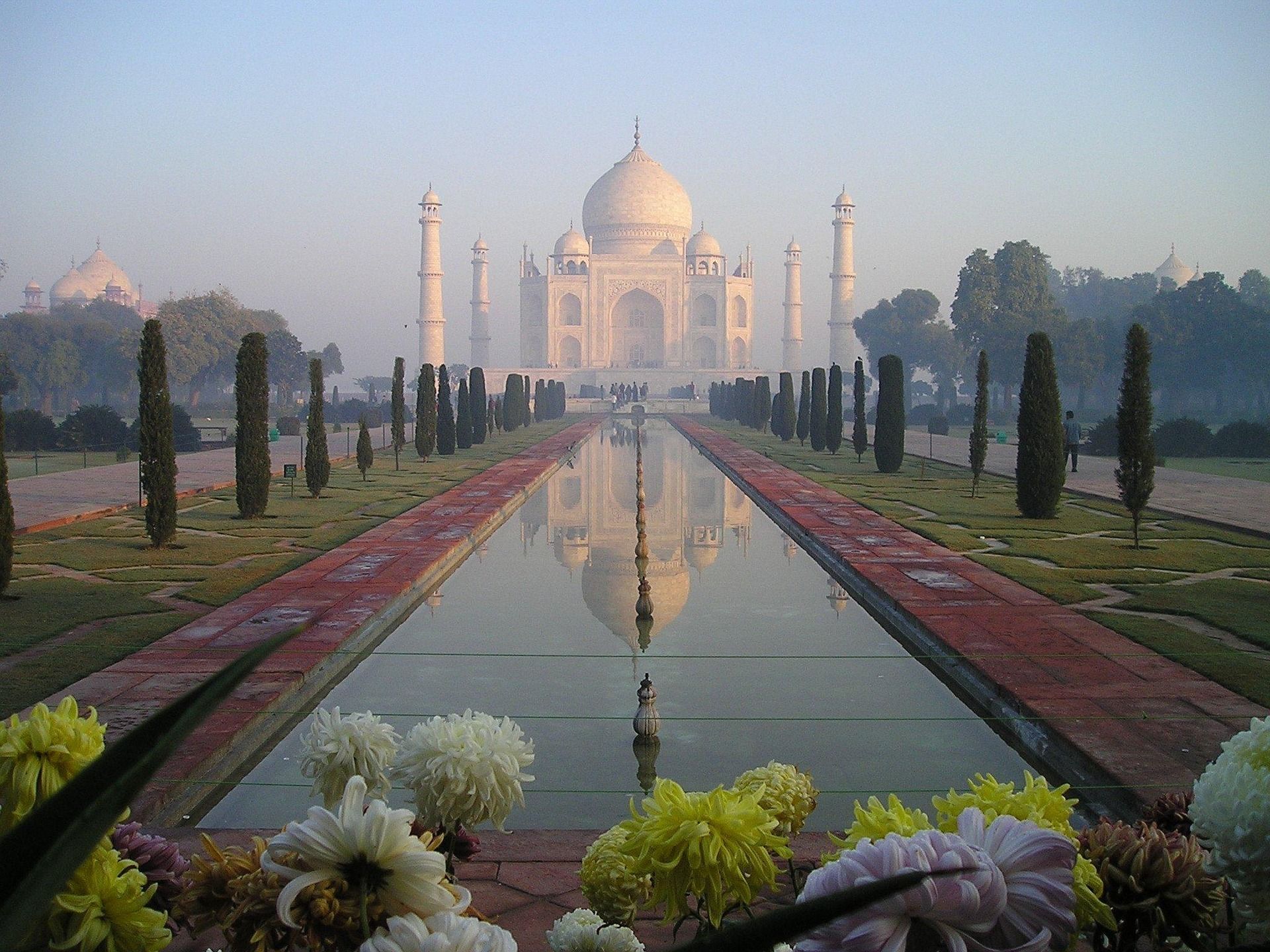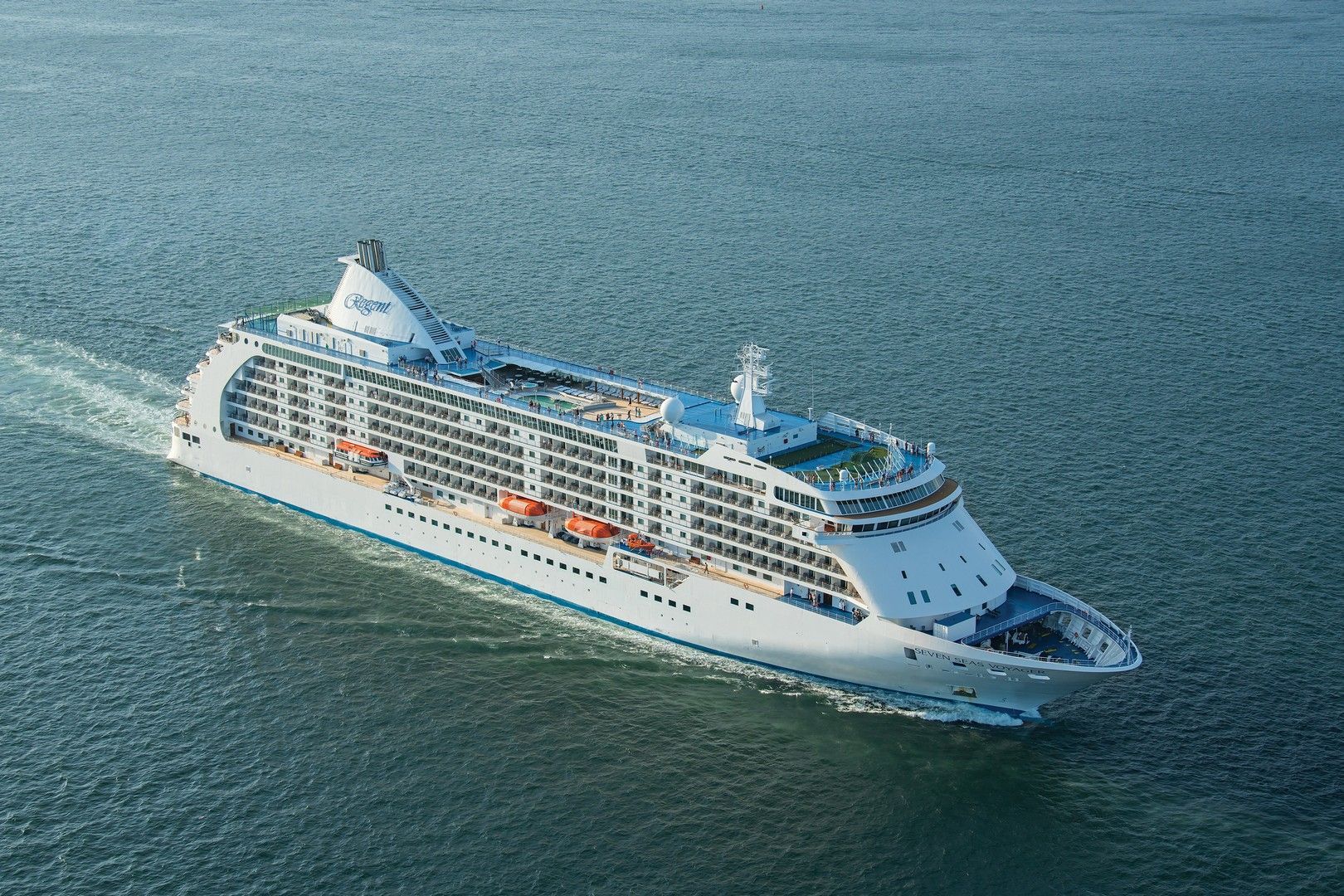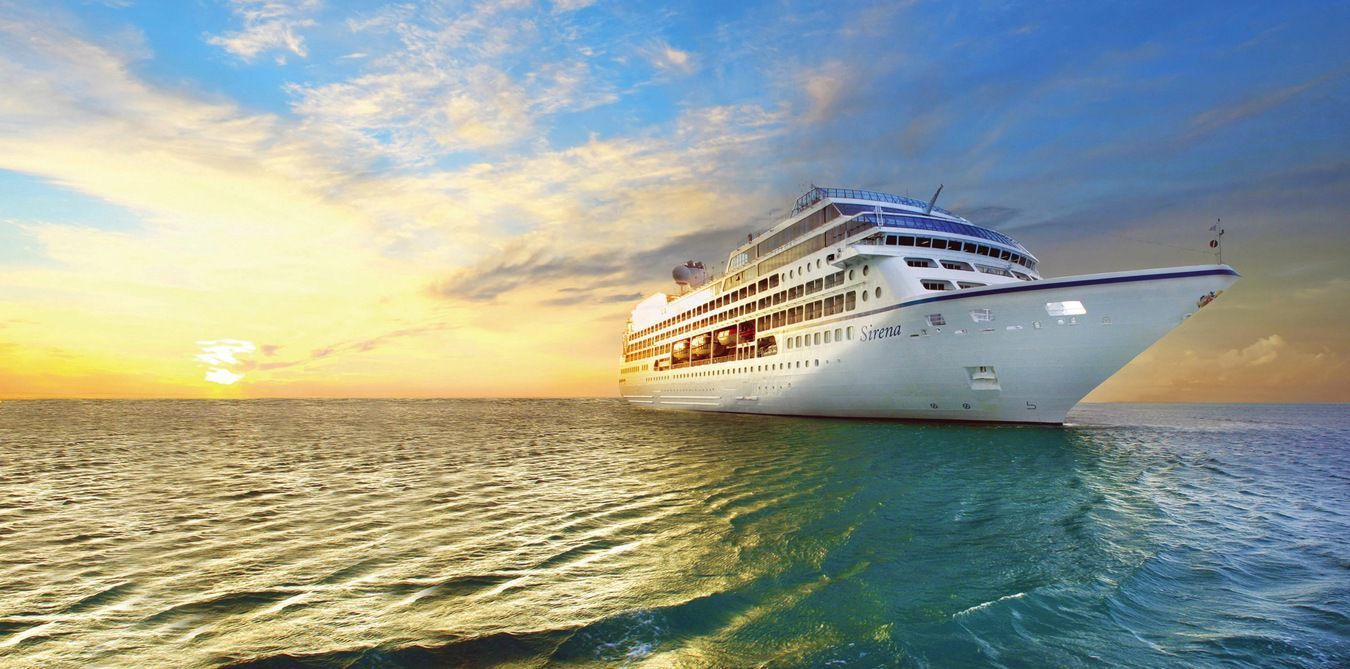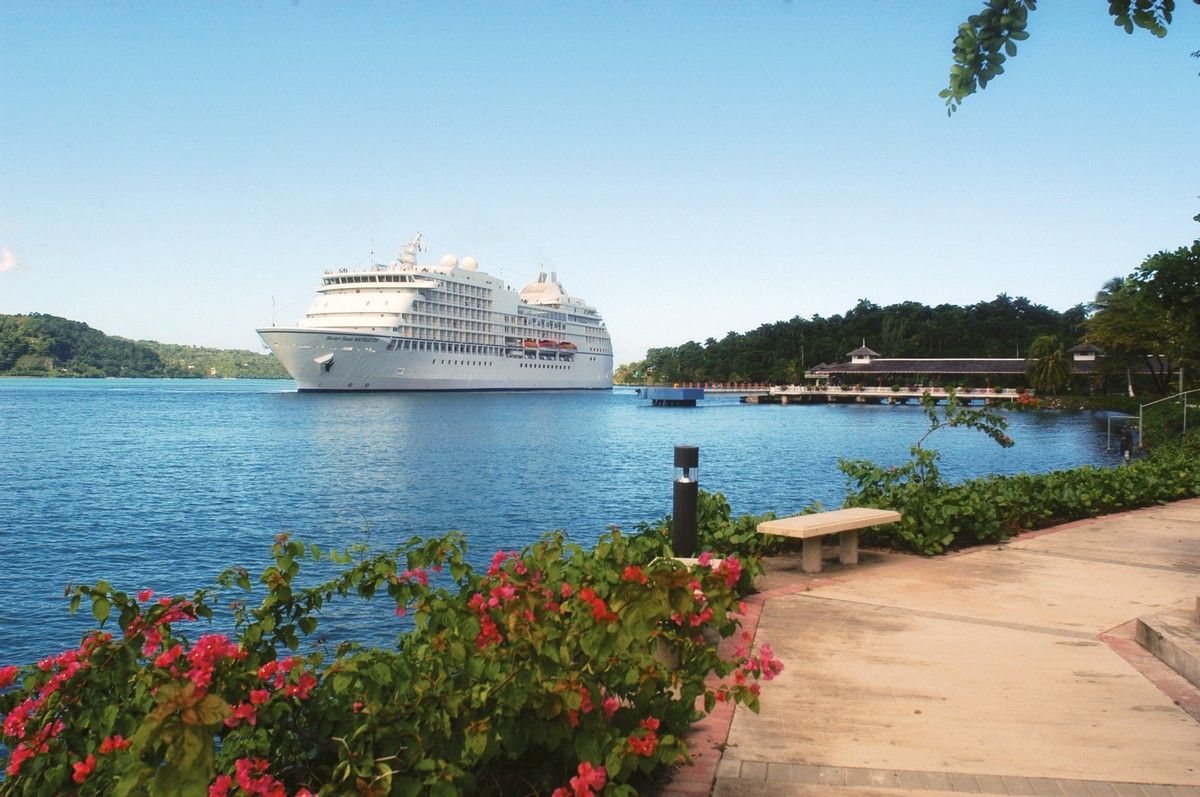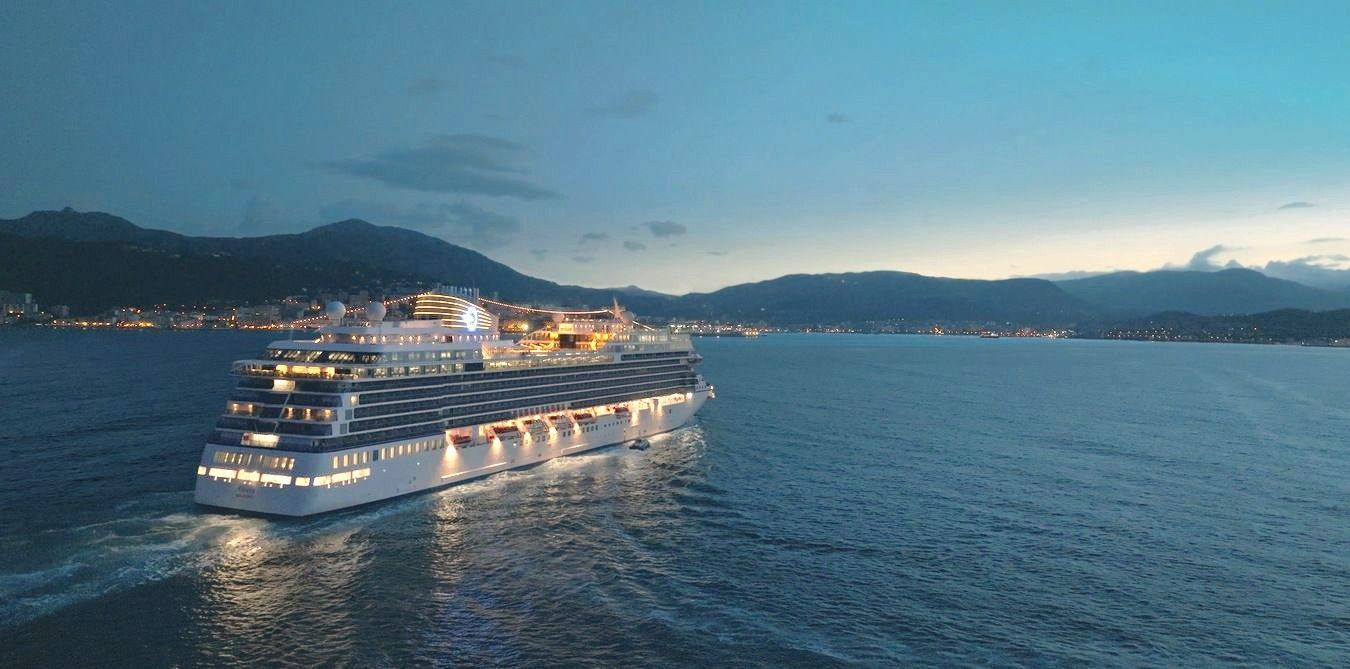Follow Us
Join our newsletter
We will get back to you as soon as possible
Please try again later
DISCOVER NOVI SAD ON THE LOWER DANUBE RIVER ON EMERALD CRUISES
The Danube River is one of the most popular to cruise, famed for its imperial cities and the scenic Wachau Valley wine region, but beyond the classic ‘Upper Danube,’ you can continue cruising east on the Lower Danube, discovering a fascinating region that’s less crowded with tourists but filled with historic and cultural gems nonetheless. Amy had the opportunity to experience a part of the Lower Danube on a recent cruise with Emerald Cruises, from Budapest to Belgrade.
In this blog series, Amy shares her experiences onboard and ashore, and in this first blog, read about her experiences of the Serbian ‘cultural capital’ of Novi Sad.
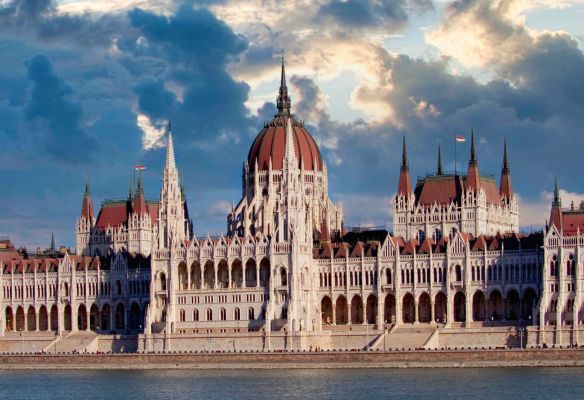
Most Danube river cruises end in Budapest, a city that’s affectionately referred to as both the Queen and the Pearl of the Danube, and the Capital of Spas and Thermal Baths (and, apparently, Festivals and Freedom too). However, my cruising experience on the Danube with Emerald Cruises onboard Emerald Sun began in Budapest, and continued to the lower Danube, to ports (and even a country) I’d never been to, along stretches of the river far less frequently cruised.
THE DANUBE RIVER
The quintessential Danube river cruises tend to sail between Germany and Hungary, and it’s what most people would be thinking of when talking about a Danube river cruise. Emerald Cruises usually start their Danube river cruises from either Regensburg, the Bavarian town believed to be home to Germany’s oldest sausage restaurant, or the colourful Baroque town of Passau, a town on the confluence of three rivers and close to the Austrian borders.
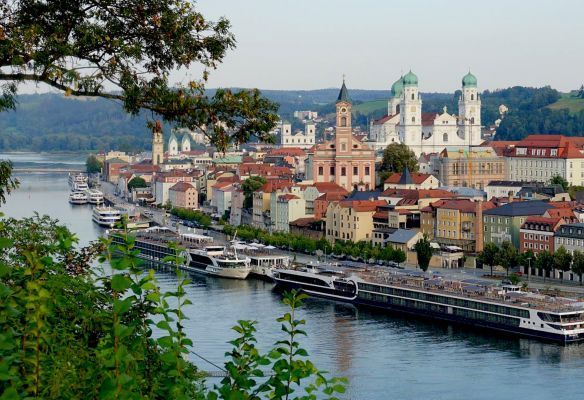
However, it is possible to head further southeast, to cruise the Lower Danube River, generally between Budapest and Bucharest. On our five-night sampler – it wasn’t the full itinerary Emerald Cruises offer, and we missed the Captain’s Welcome Dinner and some onboard folk entertainment, for example – we weren’t quite going as far as Bucharest, but we were able to experience Serbia, Croatia, and rural Hungary, and some of the excursions that Emerald Cruises either currently offer, or will introduce for 2023 cruises, in the cities of Novi Sad, Belgrade, Vukovar/Osijek, and Kalocsa.
EMERALD SUN RIVER CRUISE ITINERARIES
You can cruise the Lower Danube with Emerald Cruises on the 9-day Enchantment of Eastern Europe cruise between April and October, visiting Hungary, Croatia, Serbia, Bulgaria, and Romania, and a new 11-day cruise, The Grand Danube, will cruise between Passau and Belgrade between March and November, adding a taste of Serbia to the classic Danube river cruise.
EMBARKING EMERALD SUN
Having spent a few very busy days at the CLIA RiverView Conference in Budapest, which saw a packed day of conference sessions on the Sunday, two mornings touring nine different ships, and an afternoon sampling some of the city’s gastronomic highlights on an excursion with Visit Hungary, it was certainly a relief to be able to finally unpack for five nights (especially after living out of my suitcase while staying at a hotel and onboard three different ships).
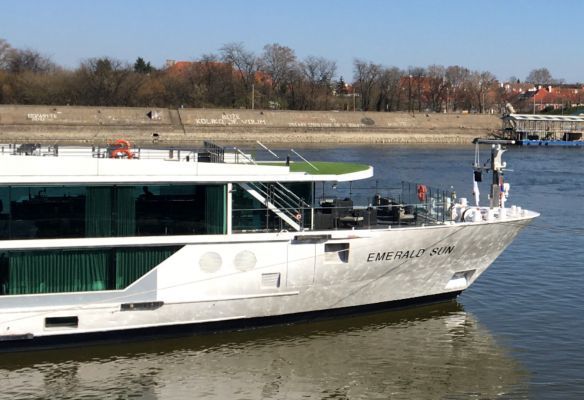
Check-in was quick, and I immediately felt welcomed back home. I was shown into my Panorama Balcony Suite on the second (or Vista) deck – very convenient for meals in the restaurant.
SUITES & ACCOMMODATION ON EMERALD SUN
There are three different category grades of Panorama Balcony Suite (Cat A, Cat B, and Cat C), but categorisation is based on location, rather than variations in size or amenities. All are 180 square feet, and feature the wooden decking with two seats and a table and floor-to-ceiling windows which open half-way down electronically to create an all-weather indoor balcony, letting in refreshing cool riverside breeze. The bathrooms feature toiletries from L’Occitaine en Provence, including hair conditioner and body lotion. Like all the accommodation onboard Emerald, the Panorama Balcony Suites are sleek and boast a chic, contemporary style, with white or grey finishes.
View Accommodation on Emerald Sun: Join Amy on a tour of the different stateroom and suite categories
onboard Emerald Sun in the video below.
Sailing away from Budapest was a spectacle in its own right, especially with absolutely glorious sunshine and blue skies.
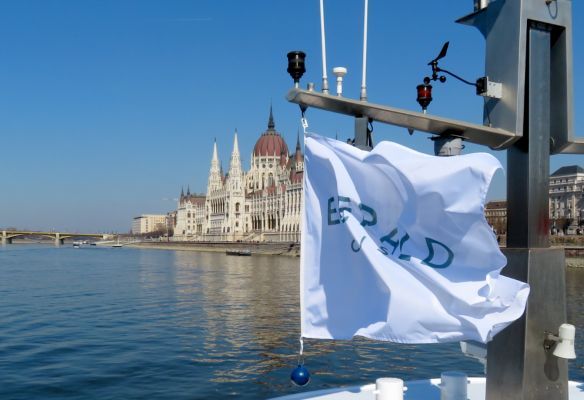
The timing was also excellent for lunch, and I enjoyed some of the salads from the lighter options available in the lounge.
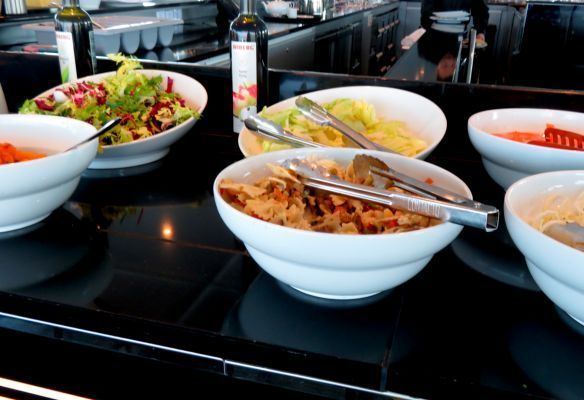
Other options available for the light lunch are the sandwich of the day, soup of the main, and a hot meal, which changes daily (I also had some of the butter chicken curry, which was delicious). There are several chairs perched up against a long table facing directly onto the terrace and the ship’s bow, offering up stunning floor-to-ceiling views as you sail.
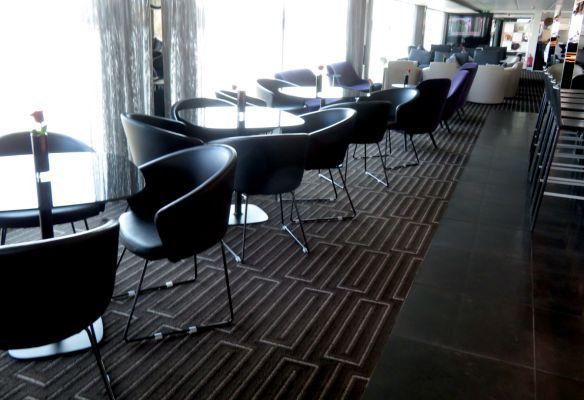
Sailing past the iconic Parliament Building was just jaw-dropping (even though by this point, I’d seen the building a lot over the weekend, it’s not something I think I could get bored of!), before turning around to begin our journey proper.
The landscapes I saw throughout the cruise, once we left Budapest, and the cities (and villages) we visited, have been an entirely unique and different experience and sight to what I’ve previously seen and experienced on the upper Danube. The vast majority of landscapes have been rural, and flat, with sandy banks, and trees with leaves yet to bloom. Occasionally, small villages might punctuate the land, perhaps less frequently there might have been something industrial, but it was mostly rural tranquility. It felt almost as if we were on a very different river to the Danube of the Wachau Valley, with its steep terraced vineyards covering the hills (alive with the sound of music), or the grand, imperial cities of Vienna and Budapest. On the morning of our last full day, I woke up early to go for the stretching session with Rina, the Wellness Coach, and we went up to the Sun Deck (I was the only attendee, so I was privileged to have a Personal Trainer!), with pure blue skies above, the sounds of roosters crowing, dogs barking, and the sun warm on my face.
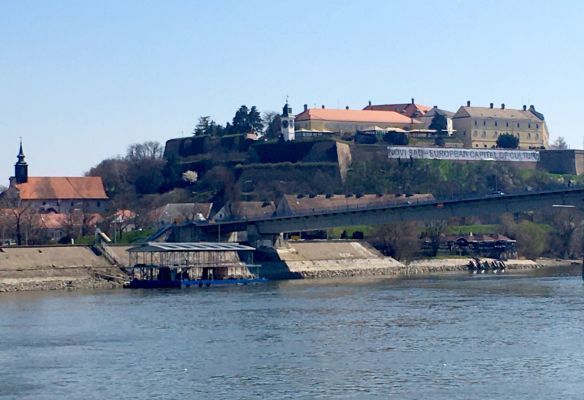
NOVI SAD, SERBIA ON EMERALD CRUISES
The ports we have visited have each had their own character. As a first time visit to the region, I hadn’t really had any expectations. Arriving in Novi Sad , I’ll admit that you’re not greeted with the most attractive river front. Excursions weren’t due to start until 2 in the afternoon, so there was some time to explore independently, and I took the opportunity to go on a run, once the Serbian authorities had given the ship clearance. As Serbia isn’t part of either the EU or Schengen, there’s additional bureaucracy, which includes a ‘face check’ at Mohacs; ordinarily, this would be at a civilised time of day, for example, after a wonderful morning in Osijek for 2022 Enchantment of Eastern Europe itineraries.
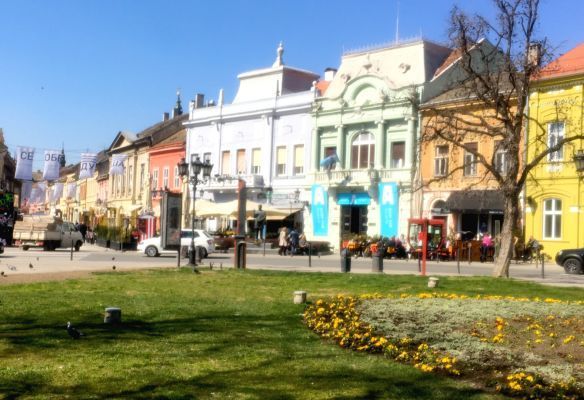
Just about a street or so away from the riverfront, Novi Sad reveals itself to be a delightful surprise, with first the Danube Park , an oasis of greenery dating back to the 19th century, popular with families, couples, and students, and from there, the city centre. Pastel, neoclassical buildings and banners line the streets, bustling with people, many enjoying coffees outside, while street musicians played. Cafe culture is very important to the Serbs, especially after the last couple of years. It made quite an interesting contrast to how quiet we found Budapest’s Parliament Building when we arrived, but here, in Novi Sad, it was alive with locals enjoying time together, and the wonderful weather.
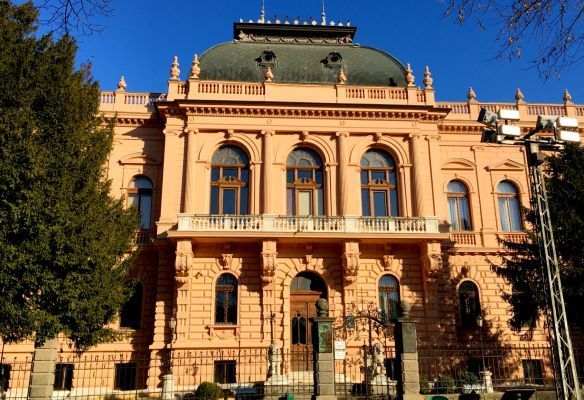
Novi Sad with Emerald Cruises video
Novi Sad will be a new port for Emerald Cruises in 2023, making its Danube debut on the 11-day Passau to Belgrade Grand Danube itinerary, so it was a privilege to get a sneak preview of this city and the excursions that will be offered by Emerald Cruises.
In Novi Sad, we were offered a choice of two excursions: the EmeraldACTIVE option , which was a bike tour, or an EmeraldPLUS excursion , combining a walking tour of Novi Sad with an excursion to the nearby town of Sremski Karlovici for wine and honey tasting. Given my fear of cycling, it’s fair to say that I went for the latter option!
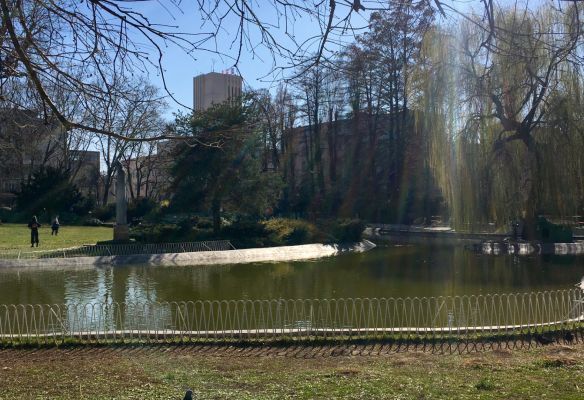
Although I had already seen the Danube Park and the Main Street of Novi Sad independently on my run, it was great to learn more in-depth about the town on the walking tour with the local guide. As is now ubiquitous on river cruises, it’s important to remember to bring your ‘QuietVox’ with you on excursions, so that you can listen to the guide, while enjoying some freedom to move about without having to cling to the guide to hear.
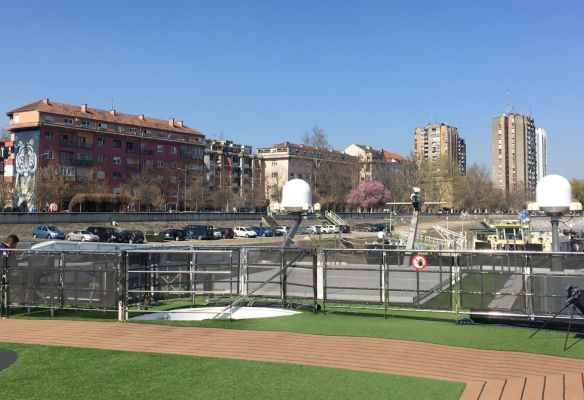
Serbia’s second city dates back to 1694, making it a relatively young city. Merchants, and Serbians from the south trying to flee the encroaching Ottoman Empire, were drawn to settle in the town when the Habsburg Empire started building the Petrovaradin Fortress across the river in 1690, which took 88 years to complete. The construction began just a few years after the Austrian Army captured the town of Petrovaradin during the Great Turkish War in 1687, ending 150 years of Turkish control.
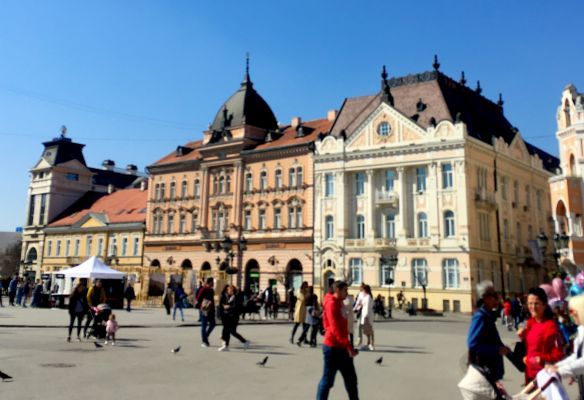
While the imperial cities of Vienna and Budapest on the upper Danube proclaim the grandeur and supremacy of the Habsburg empire, with their cosmopolitan cafes, grand architecture, eye-catching landmarks, and elegant boulevards, Novi Sad – and other destinations visited during our five-night Lower Danube cruise – tell a different story, one of a region caught between two powerful empires – the Ottomans and the Habsburgs – and has a potent, eclectic mix of cultures instead. But in this region, there are far more recent reminders of war to be found; the three bridges across the river Danube in Novi Sad have all been built in the last twenty years, since the end of the Yugoslav Wars, with the most recent bridge completed only in 2018.
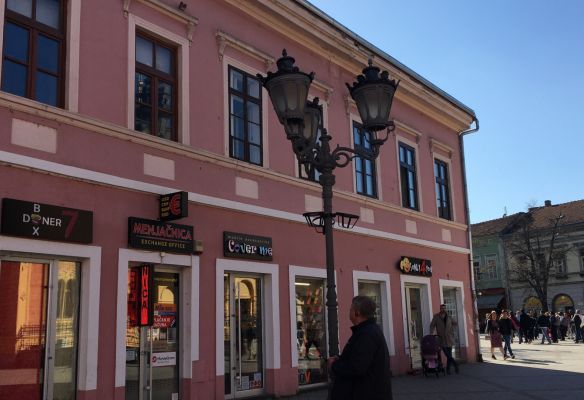
Our walking tour of Novi Sad gave us an overview of its history, how it came to be decreed a ‘Royal City’ by the Habsburg Empress Maria Theresa in 1748, how it was completely shelled by cannon from Petrovaradin Fortress in the 1848 Revolution, but subsequently rebuilt, and we saw a somewhat controversial statue dedicated to a 19th century politician who had murdered his rival, but later redeemed (and released from his life sentence) by the ladies of the city, who argued that he had only acted to protect the honour of his wife. Well over a century later, the erection of the statue in 2006 depicting Jascha Domicv still caused debate amongst the citizens of Novi Sad. While in the Danube Park, we saw the willow tree dedicated to the beloved Habsburg Empress Sissi (anyone who’s been on a Danube river cruise will be familiar with her), and heard the sad tale of the city’s beloved swans, a couple named Isa and Bisa who had made the pond by the willow tree their home for many years and had become a symbol of the city, until their offspring were attacked in 2015, either by an uncontrolled dog, or by red-eared slider turtles, who were later removed from the pond and transferred to a lake over 100km away.
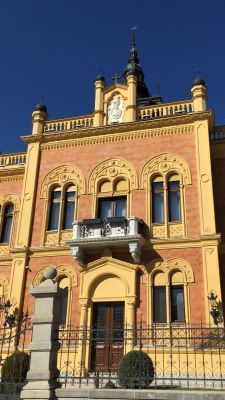
Other landmarks spotted on our walking tour included the sole remaining original family business to continuously exist in the city since 1789, the Orthodox Bishop Palace (and the statue in front of it commemorating the famed Serbian poet and physician, Jovan Jovanović Zmaj), the Roman-Catholic church, which boasts a ceramic roof of such high quality not even acid could damage it, the town hall on Svetozar Miletic Square (named after the former Mayor of the town, whose statue is a prominent part of the square), and the very modern Serbian National Theatre, with the current building dating back to 1981. It’s not hard to see why Novi Sad has been named European Capital of Culture for 2022, nor why it earned its reputation as Serbia’s cultural capital.
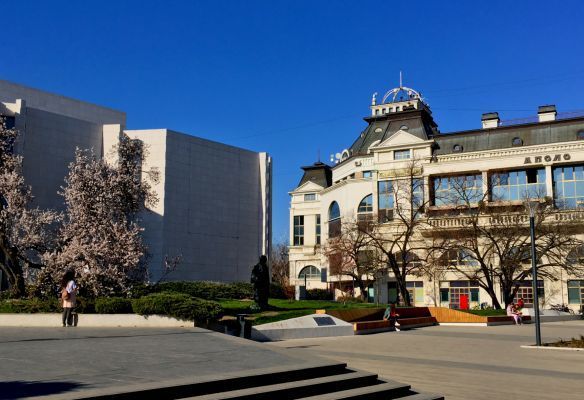
Following the walking tour, it was a short coach ride crossing the river and passing the expansive Petrovaradin Fortress (where we heard, the fortress holds an annual music festival, with 26 stages set up, but is so brilliantly sound-proofed all stages can host performances simultaneously) to Sremski Karlovici , a small town just 8km from Novi Sad.
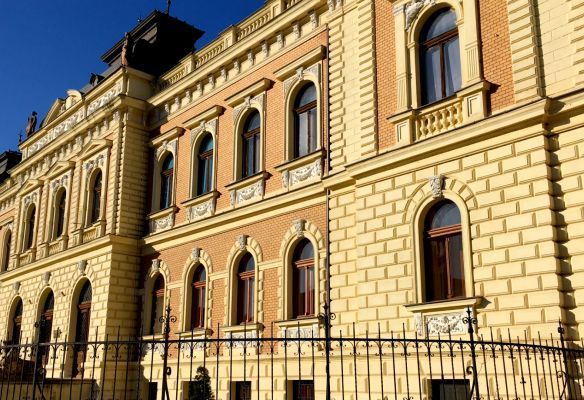
Sremski Karlovici in many ways is a small, unassuming town, but there are some notable landmarks which hark back to a time in the 19th century when it was the seat of the Patriarchate of Karlovci, and for its role in education, particularly in religious education. Along with the palatial Patriarchate Court on the main square (today, the building remains the permanent residence of the Bishop of Srem, and summer residence of the Serbian Patriarch), you can also find Serbia’s oldest seminary, the Clerical High School of Saint Arsenije , founded in 1794, resplendent in golden yellow, and the equally striking (and unusual looking) Gymnasium Karlovci, the oldest secondary school in Serbia (comparable to English grammar schools). The main square is also lined with both the town’s Catholic and Orthodox churches, side by side, and we had the opportunity to go inside and admire the Orthodox Church, which had a spectacular iconostasis separating the nave of the church from the sanctuary of the altar, and the relic of the hand of a medieval bishop.
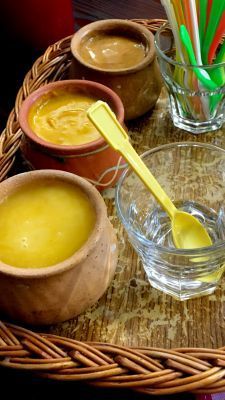
However, the highlight of Sremski Karlovici was the wine and honey tasting; any chance to channel my inner Winnie the Pooh and indulge in honey, and I’m happy!
LOWER DANUBE EMERALD SUN CRUISE REVIEWS
RELATED RIVER CRUISE REVIEWS AND ARTICLES
NOVI SAD VIDEO
EMERALD SUN RIVER CRUISE VIDEO SHIP TOUR
The post DISCOVER NOVI SAD ON THE LOWER DANUBE RIVER ON EMERALD CRUISES appeared first on Select Travel Holidays.
ADDRESS
24A Mill Street, Bedford, MK40 3HD
Cruise enquiries 01234 326758
Holiday enquiries 01234 326778
OPENING HOURS
- Mon - Fri
- -
- Saturday
- Appointment Only
- Sunday
- Closed
For the latest travel advice from the Foreign & Commonwealth Office including security and local laws, plus passport and visa information, visit FCO Travel Aware website
Select Travel Holidays operate under the license of Fred. Olsen Travel
Financial Protection Before You Travel Booking Conditions Privacy Policy Cookie Policy Website Terms of Use Website by TMS


